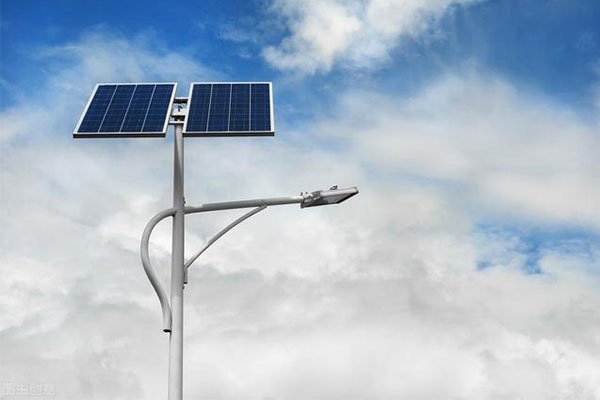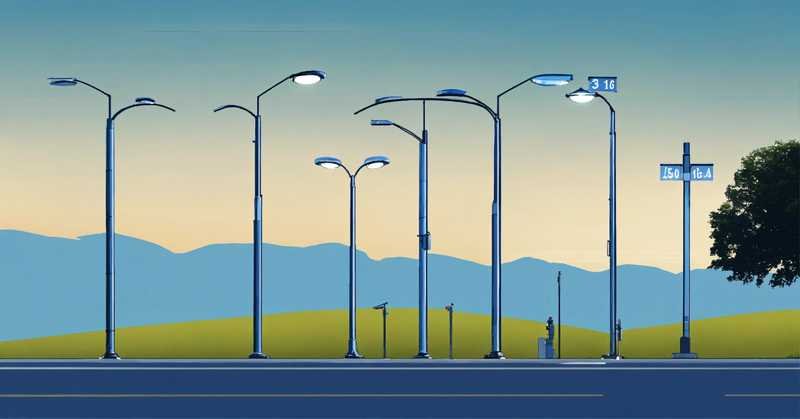Tired of guessing specs and ending up with lights that don’t perform? Choosing the wrong solar high mast light could cost more than just money.
The right solar high mast lighting system ensures reliable, energy-efficient illumination tailored to your exact project needs—whether it’s a port, highway, or industrial zone.
Let me walk you through everything you need to make an informed, confident decision—without getting overwhelmed by technical jargon.
Why Solar High Mast Lighting is a Smart Investment?
Even in areas where grid power is available, solar high mast lighting is gaining traction—why?
Because solar high mast lights cut long-term costs, reduce environmental impact, and eliminate reliance on the power grid.
These systems are especially useful for:
- Highways: where long cable runs would be expensive
- Ports & Industrial yards: where grid access is challenging
- Stadiums & Work Zones: where reliability and safety are critical
Let’s break down exactly what you need to look for.
Understand Your Project Requirements?
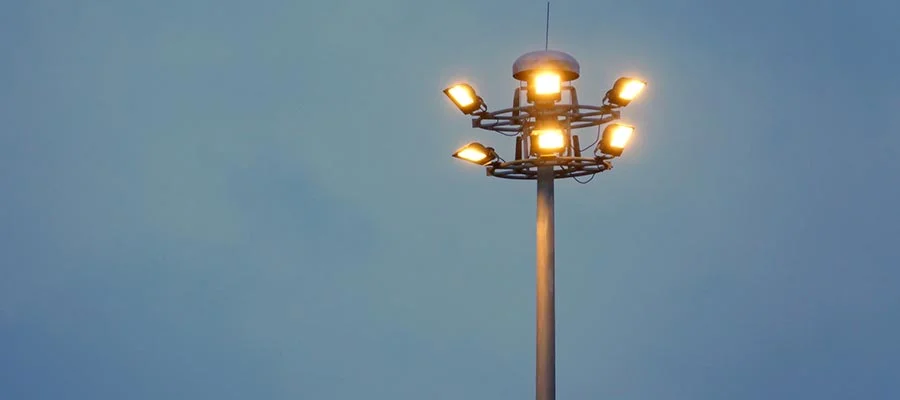
A lot of buyers make the mistake of starting with the product. I always say—start with the site.
Your location, area size, and application purpose will determine everything from battery size to mounting height.
Key considerations:
- Location & Environment
- Area Size
- Purpose of Lighting
Each use case drives a different configuration. Let’s explore that.
Key Factors to Consider When Choosing a Solar High Mast Light?
It’s easy to get lost in specs like lumens, wattage, and IP ratings. So here’s a simple breakdown of what really matters.
Always match height, brightness, battery size, and panel efficiency to the actual conditions of your project site.
Main specs to review:
- Pole Height & Light Coverage
- Brightness (Lumens Output)
- Battery Capacity & Backup Time
- Solar Panel Wattage & Efficiency
- Lighting Technology (LED vs Others)
- Smart Features (Sensors, Monitoring)
- Material & Build Quality
Each of these factors affects how well your lighting performs—and how long it lasts.
Match Lighting Specifications to Your Application?
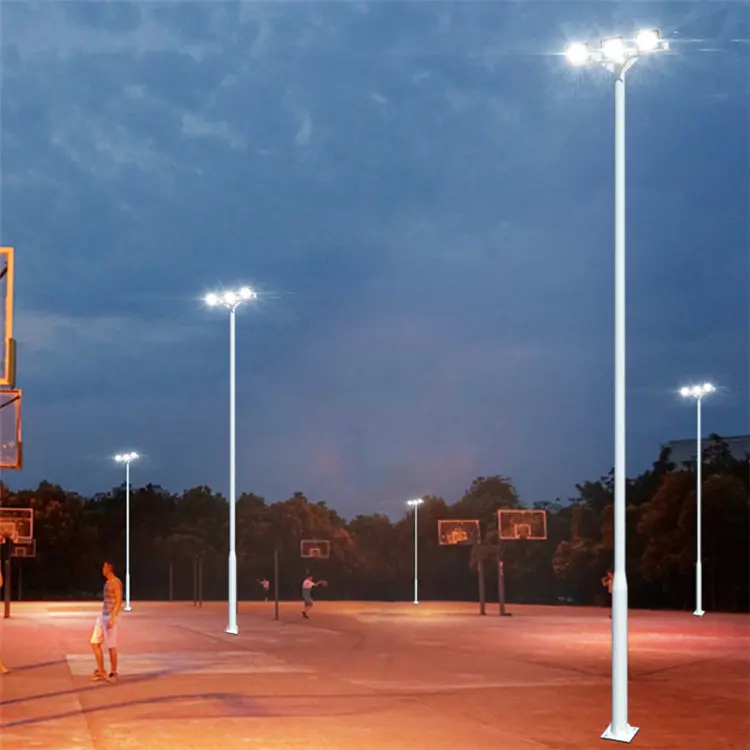
Every application has its own demands. Use this chart as a shortcut:
| Application | Height (m) | Lumens | Features |
|---|---|---|---|
| Highway | 10–15 | 15,000–25,000 | Motion sensors, wide beam angle |
| Port/Yard | 15–25 | 20,000–40,000 | Anti-corrosion, high wind resistance |
| Stadium | 20–30 | 30,000+ | Uniform lighting, high CRI |
| Industrial Site | 12–20 | 15,000–30,000 | Smart controls, long autonomy |
What to align:
- Application environment
- Recommended height
- Required brightness
- Special features like CRI, motion sensors, or anti-corrosion
Don’t just copy specs from another project. Custom fit is key.
Compare Off-Grid vs Hybrid Solar High Mast Systems?
Not sure if you should go fully solar or hybrid?
Go fully off-grid if your site has good sun exposure. Go hybrid if reliability is absolutely critical.
How to compare:
- Off-Grid System Pros and Cons
- Hybrid System Pros and Cons
- Cost Implications
- Use Scenarios for Hybrid Systems
Both types have their place—choose based on your site's energy risk tolerance.
Installation & Maintenance Considerations?
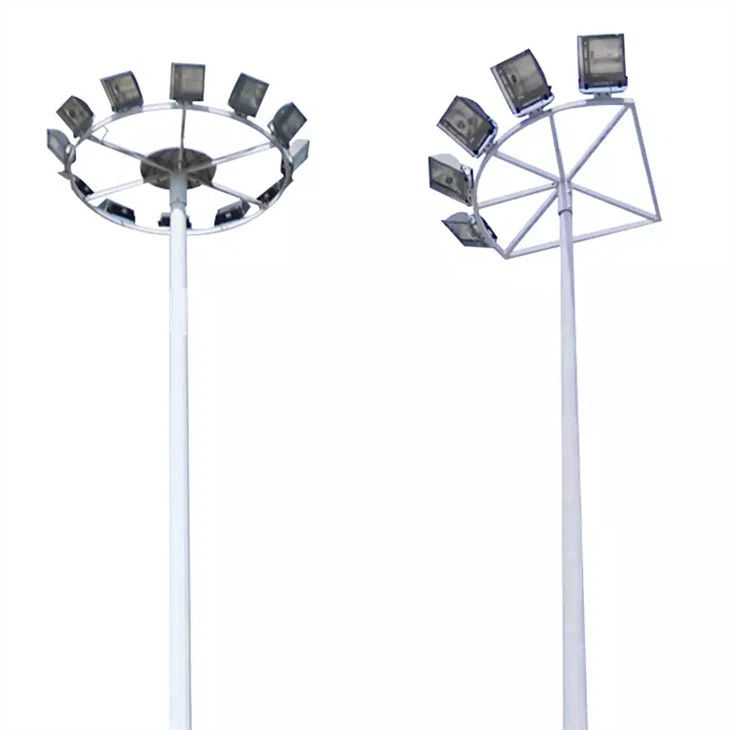
Even the best-designed system can fail if installed incorrectly.
Plan your installation from day one—foundation, orientation, and maintenance access all impact performance.
Key installation points:
- Groundwork & Pole Mounting
- Solar Panel Orientation & Angle
- Accessibility for Maintenance
- Safety Protocols & Local Compliance
A good design is only as good as its installation and upkeep.
Calculate Total Cost of Ownership (TCO)?
A lot of clients only look at the price tag. But what matters is how much the light costs over its lifetime.
TCO = Purchase Price + Maintenance + Energy (if hybrid) – Savings
Key cost areas:
- Initial Purchase
- Maintenance Frequency
- Lifespan of Batteries, LEDs, Panels
- Hidden Costs (replacements, downtime)
Here’s a quick guide to lifespan:
| Component | Average Life | Notes |
|---|---|---|
| Solar Panel | 20–25 years | Minimal degradation |
| LED Light | 50,000 hrs | About 10–12 years |
| Battery | 5–8 years | Depends on DOD and BMS |
| Controller | 8–10 years | Replaceable if needed |
Top Questions to Ask Suppliers Before Buying?
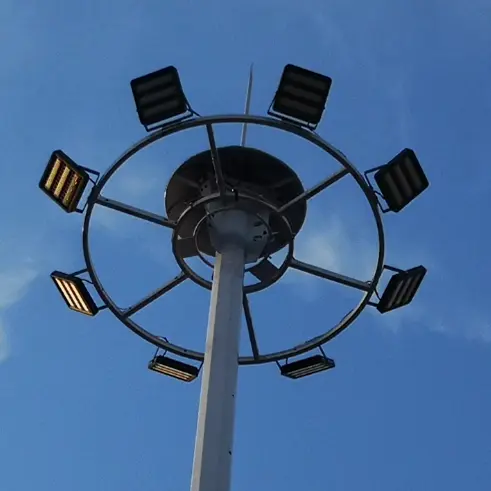
Too many buyers skip this step. Always ask suppliers these before paying a deposit.
The right questions help you avoid overpromises and underdelivery.
Ask about:
- Actual battery backup (in days)
- Customization capabilities
- Real-world use cases or references
- Warranty scope (years, parts, labor)
- Component sourcing (in-house or OEM)
- Environmental testing certifications
- Availability of layout simulations
A serious supplier should answer confidently and transparently.
Conclusion
Choosing the right solar high mast light means more than matching specs—it means aligning the product with your site, budget, and long-term goals. Focus on real-world performance, not just the brochure. And always work with a supplier who understands your application.





